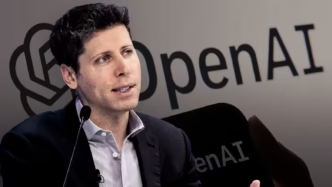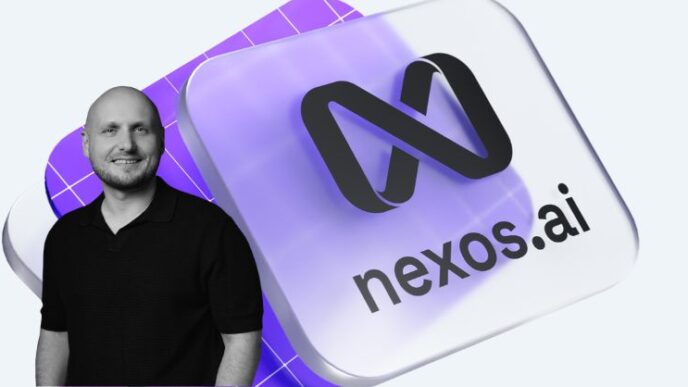OpenAI has officially confirmed that GPT-6 will not be released in 2025, despite recent speculation suggesting otherwise. The company clarified that while a next-generation model is under development, no plans are in place to ship it this year. Instead, OpenAI is focusing on refining its existing GPT-5 ecosystem and rolling out enhanced versions of its current lineup.
The company’s model suite currently includes multiple GPT-5 variants, such as GPT-5 Auto, GPT-5 Instant, and GPT-5 Reasoning. GPT-5 Auto serves as the default option and dynamically switches between standard and reasoning models depending on the complexity of a query. The reasoning variant can “think” longer to generate more detailed and accurate answers, while GPT-5 Instant delivers quicker responses for straightforward prompts.
This automatic switching system has become a hallmark of OpenAI’s adaptive model strategy. By integrating multiple versions under a unified GPT-5 umbrella, OpenAI ensures users experience both speed and reasoning depth without manually toggling settings. The company has already rolled out several updates since GPT-5’s initial debut earlier this year, significantly improving its reliability, reasoning performance, and multimodal integration.
The confusion over GPT-6 began when Evercore ISI analyst Mark Mahaney mentioned on CNBC that OpenAI could release the model before the end of 2025, calling it a “step improvement.” The statement quickly went viral on X (formerly Twitter), triggering widespread speculation about an imminent launch.
However, OpenAI employees were quick to dismiss the rumors. Roon, a well-known OpenAI staffer who posts under the pseudonym @tszzl, confirmed that GPT-6 is not scheduled for release this year. The clarification helped temper expectations across the AI community, where anticipation for the next generation of large language models remains high.
While GPT-6 development is likely ongoing, OpenAI’s current roadmap emphasizes expanding GPT-5’s functionality through iterative updates and specialized releases, possibly including a GPT-5.5 model. These updates are expected to focus on reasoning efficiency, factual accuracy, and reduced latency for enterprise and API users.
Even without GPT-6, OpenAI’s product lineup continues to evolve rapidly. The company has hinted at upcoming features designed to make ChatGPT more personalized, accessible, and integrated into daily workflows. Several initiatives are already in testing, including:
- ChatGPT Pulse for the Web: A new real-time update feed designed to help users stay informed about model improvements, new tools, and trending use cases.
- Agent Builder: A no-code platform allowing users to create their own AI agents powered by ChatGPT, tailored for personal or professional use.
- Emotional Support Mode: A conversational feature focused on empathetic, context-aware responses for mental health and lifestyle assistance.
- ChatGPT Go Expansion: OpenAI’s more affordable $4-per-month plan is rolling out to several new countries, making premium features accessible to a wider audience.
- Free Trials for Paid Plans: The company is experimenting with trial access to Plus and Pro tiers, lowering the barrier for new users to experience advanced models.
These developments suggest that OpenAI is pursuing a more diversified strategy rather than rushing the release of GPT-6. Instead of focusing on a single major model launch, the company appears to be optimizing user experience across pricing tiers, accessibility, and personalization.
The decision also aligns with OpenAI’s pattern of incremental innovation. GPT-4 received numerous performance updates before GPT-5 was officially unveiled, suggesting that the next model, whether labeled GPT-5.5 or GPT-6—will likely arrive only after the company fully matures the GPT-5 platform.
For now, the message from OpenAI is clear: GPT-6 isn’t shipping in 2025, but the AI landscape will still see meaningful progress through steady evolution, not sudden leaps.













